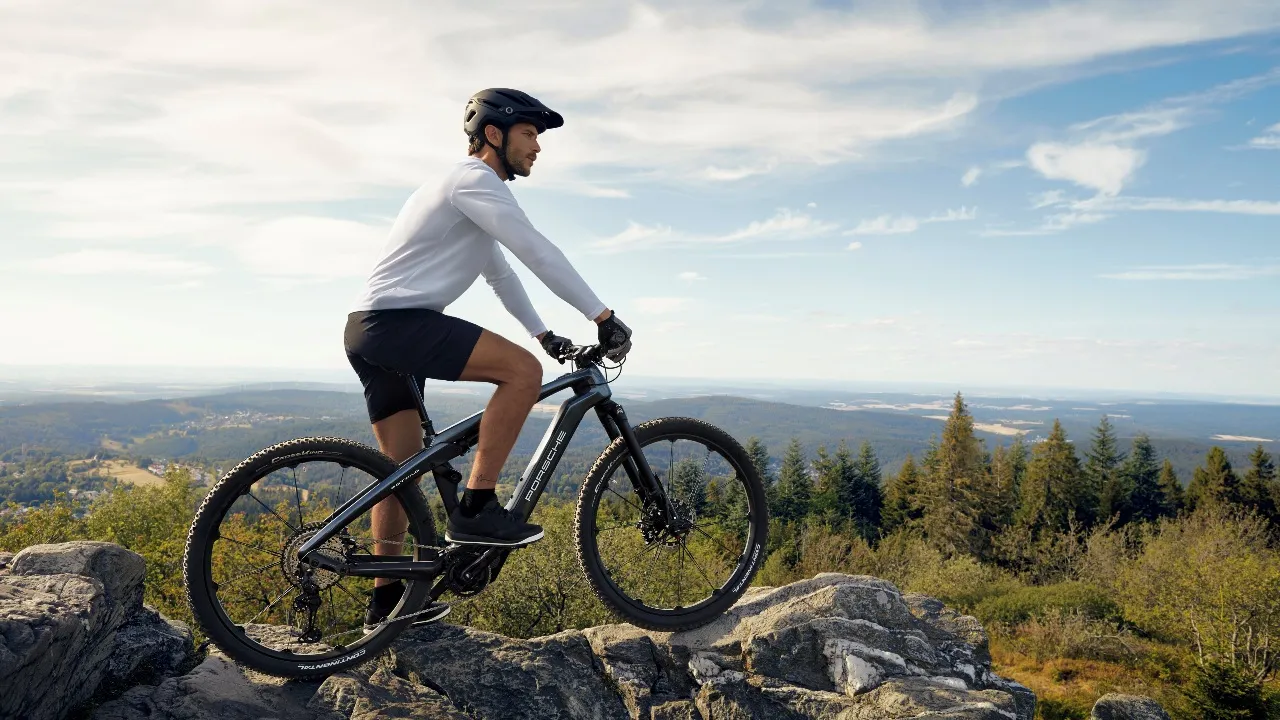
Freeride mountain biking is an adrenaline-fueled discipline that combines elements of downhill racing, jumps, and technical trail riding. It’s a sport that requires a certain type of mountain bike that can handle the unique challenges and demands of freeride riding. If you’re looking to get into freeride mountain biking or upgrade your current bike, here’s a guide on how to choose the best mountain bike for freeride.
Frame Geometry The first thing to consider when choosing a mountain bike for freeride is the frame geometry. Freeride bikes typically have a slack head angle, long wheelbase, and a low bottom bracket. This combination of features provides stability and confidence at high speeds and helps absorb impacts when landing jumps.
A slack head angle, usually around 65-66 degrees, helps with stability on steep descents and provides better control at high speeds. A long wheelbase adds stability and prevents the bike from feeling twitchy when tackling technical sections. A low bottom bracket lowers the center of gravity, improving stability and cornering ability.
Suspension Suspension is crucial in freeride mountain biking as it helps absorb impacts from jumps and rough terrain. Most freeride bikes come with full suspension systems, offering both front and rear suspension.
For freeride, a long-travel suspension system is desirable. Look for a bike with at least 160-180mm of travel in the front fork and rear shock. This amount of travel allows for more aggressive riding and better absorption of impacts. Additionally, adjustable suspension settings can be helpful for fine-tuning the bike’s performance to suit your riding style and the terrain you’ll be tackling.
Durability Freeride mountain biking can be hard on bikes, with big jumps, drops, and technical features that put stress on the frame and components. Therefore, it’s important to choose a bike that is built to withstand the demands of freeride riding.
Look for a bike with a strong and durable frame material such as aluminum or carbon fiber. Both materials offer a good balance between strength and weight. Aluminum is generally more affordable, while carbon fiber is lighter and provides a smoother ride quality.
In addition to the frame, consider the durability of other components such as the wheels, tires, and drivetrain. Look for strong and reliable components that can handle the aggressive nature of freeride riding.
Brakes Brakes are a crucial component in freeride mountain biking, as they provide the stopping power needed for steep descents and jumps. Look for bikes equipped with hydraulic disc brakes, as they offer superior stopping power and heat dissipation compared to mechanical disc brakes or rim brakes.
Consider the size of the brake rotors as well. Larger rotors, such as 200mm, provide more stopping power and better heat management.
Wheel Size Freeride bikes are available in different wheel sizes, including 26-inch, 27.5-inch, and 29-inch. Each wheel size has its own advantages and considerations.
Traditionally, freeride bikes have been associated with 26-inch wheels due to their agility and maneuverability. However, 27.5-inch and 29-inch wheels have gained popularity in recent years, offering better rollover capabilities and improved stability at high speeds.
Ultimately, the choice of wheel size comes down to personal preference. Test ride bikes with different wheel sizes to see which one feels the most comfortable and responsive to your riding style.
Weight While weight may not be the primary concern in freeride mountain biking, it’s still worth considering. A lighter bike can be more agile and easier to maneuver in the air, making tricks and jumps more accessible. However, lighter components and materials may sacrifice durability, so finding the right balance is essential.
It’s also worth noting that the weight of the bike can affect how it performs on climbs and technical sections. If you plan to do a mix of freeride and trail riding, consider a bike that strikes a balance between weight and durability.
Bike Fit Lastly, don’t forget about bike fit. Freeride bikes typically have a more relaxed and upright riding position compared to cross-country or trail bikes. This allows for better control and maneuverability when tackling jumps and technical features.
Take the time to test ride different bikes and find one that feels comfortable and suits your body proportions. A proper bike fit will not only enhance your riding experience but also reduce the risk of discomfort and injuries.
In conclusion, choosing a mountain bike for freeride requires careful consideration of frame geometry, suspension, durability, brakes, wheel size, weight, and bike fit. Take the time to research and test ride different bikes before making your decision. Investing in a bike that is specifically designed for freeride will enable you to push your limits, conquer jumps, and navigate technical terrain with confidence and style.

